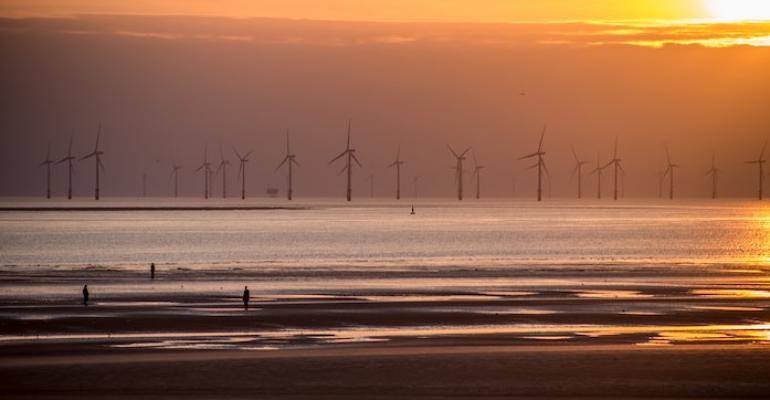Offshore wind farm installation faces a challenge both in terms of the size of turbines now being produced and the sheer scale of the projects planned.
Minghui Zhang, APAC Offshore Wind Segment Lead, Energy Systems for DNV, noted at an energy transition event in Singapore, that the largest wind turbines today had a hub height of 150 – 160 metres with 100 metre blades making the total structure roughly as tall as the Lion City’s iconic Marina Bay Sands.
Taking the forecast of an additional 5,000 windfarms worldwide Zhang commented, “Just imagine each of these wind farms would have turbines that are the size of Marina Bay Sands - that's the scale that we are looking at today.”
In the Asia-Pacific region major offshore wind farm developments are being seen in China, Taiwan, and Japan, and newer emerging markets such as Vietnam and Australia.
Zhang highlighted a potent shortage of WITV is some markets in Asia – Pacific with yards not building enough vessels to cater to the supply chain boom.
The Global Wind Energy Council’s (GWEC) Global Offshore Wind Report 2023 does not expect to see a shortage of WTIVs for projects in China given a local newbuilding boom in 2021, however, for other markets in Asia-Pacific reliant on vessels currently serving projects in Europe it is a different picture.
Zhang explained that with a lot of delays to projects in Europe meant that WITVs originally destined for a project in Asia would remain working in Europe. “As a result, those countries and also regions, that relied a lot on European vessels could find themselves with a problem because those vessels that were originally geared up for their projects could be involved in other projects in Europe or in the US where they pay better rates.”
Another factor is that as offshore wind farm developers continue to build ever larger turbines this has also made owners reluctant to order new WITVs in case they become obsolete a fewer later as they are not able to install the latest, largest turbines.
Copyright © 2024. All rights reserved. Seatrade, a trading name of Informa Markets (UK) Limited.
Add Seatrade Maritime News to your Google News feed.  |

